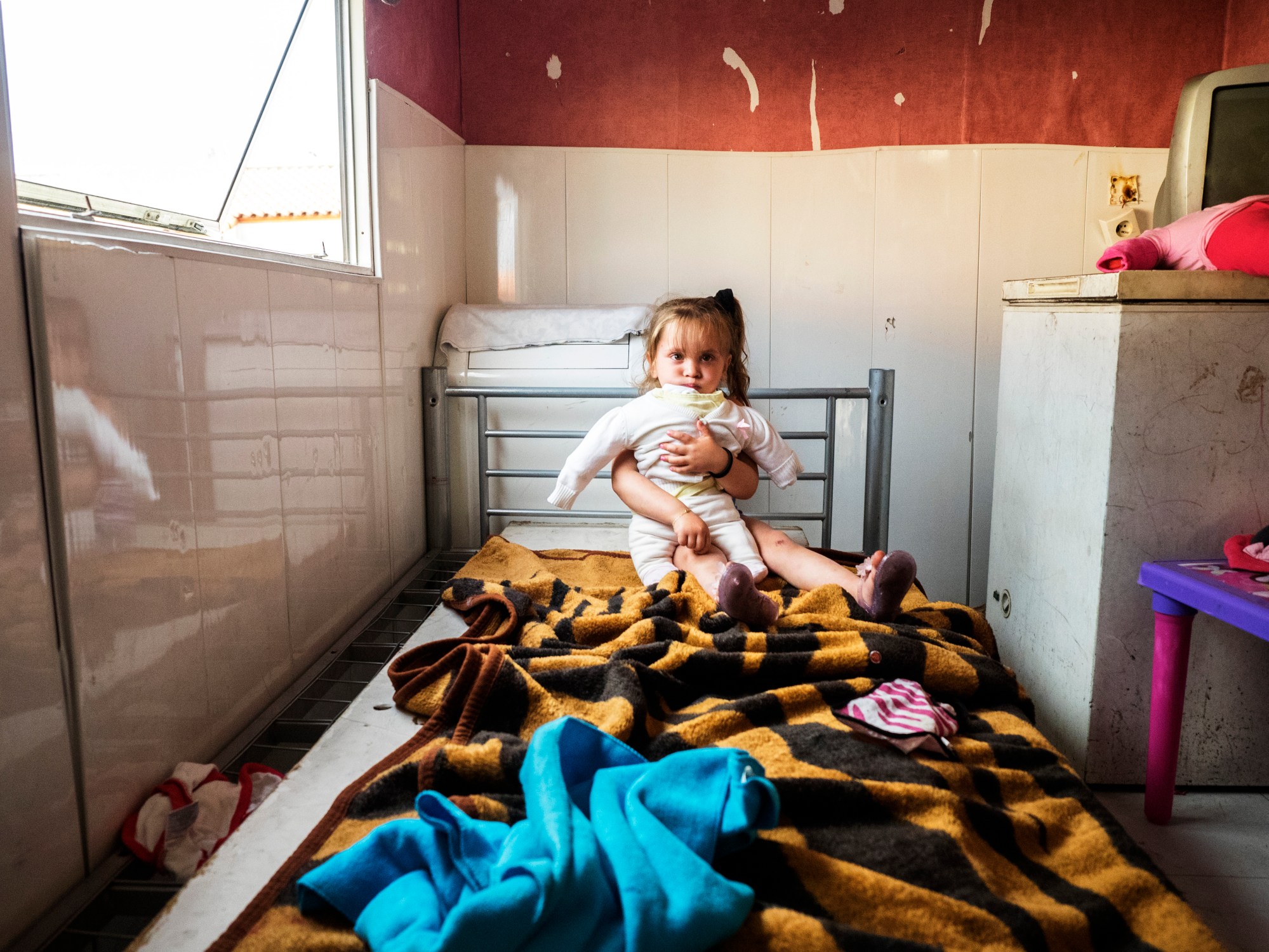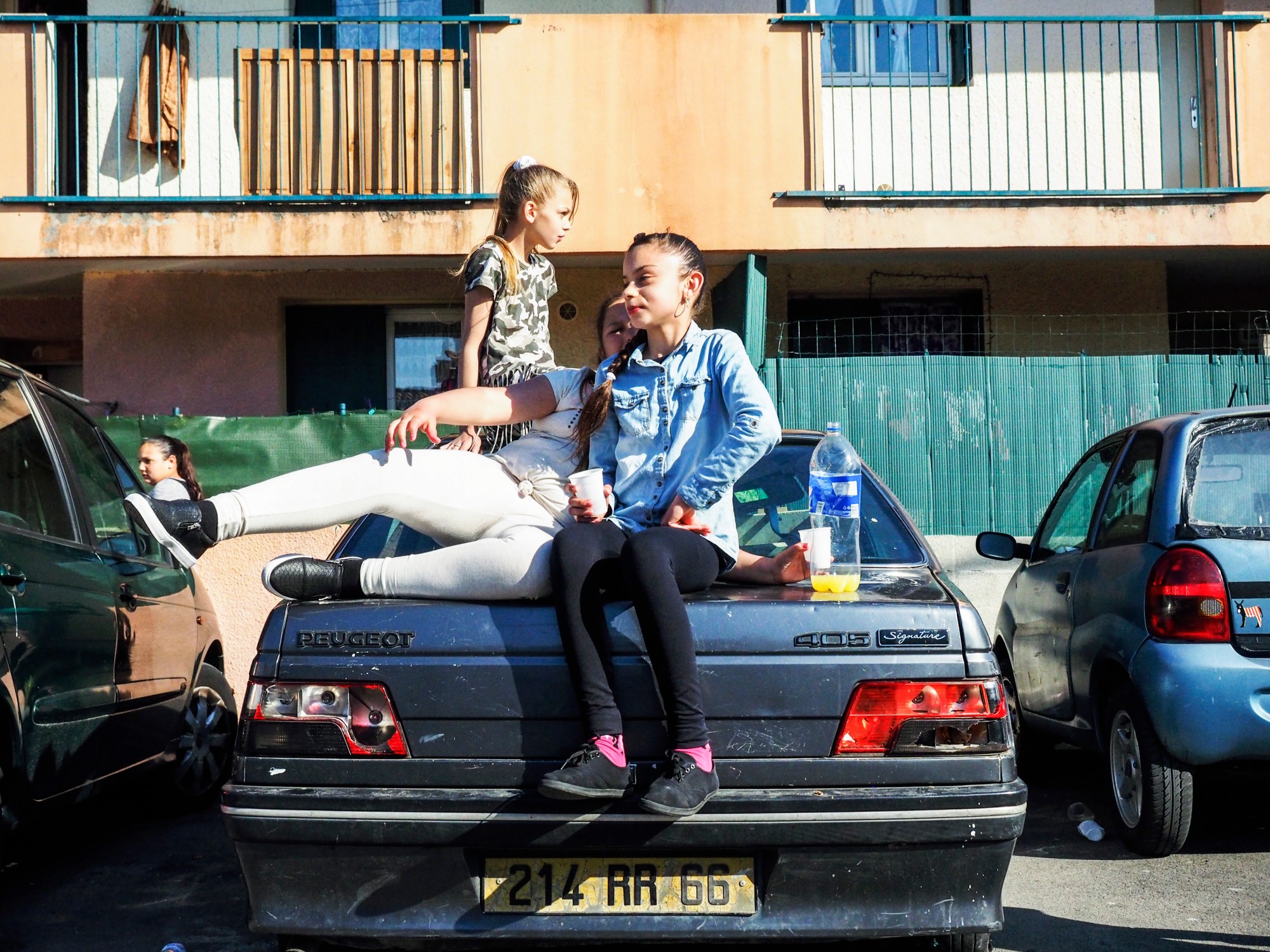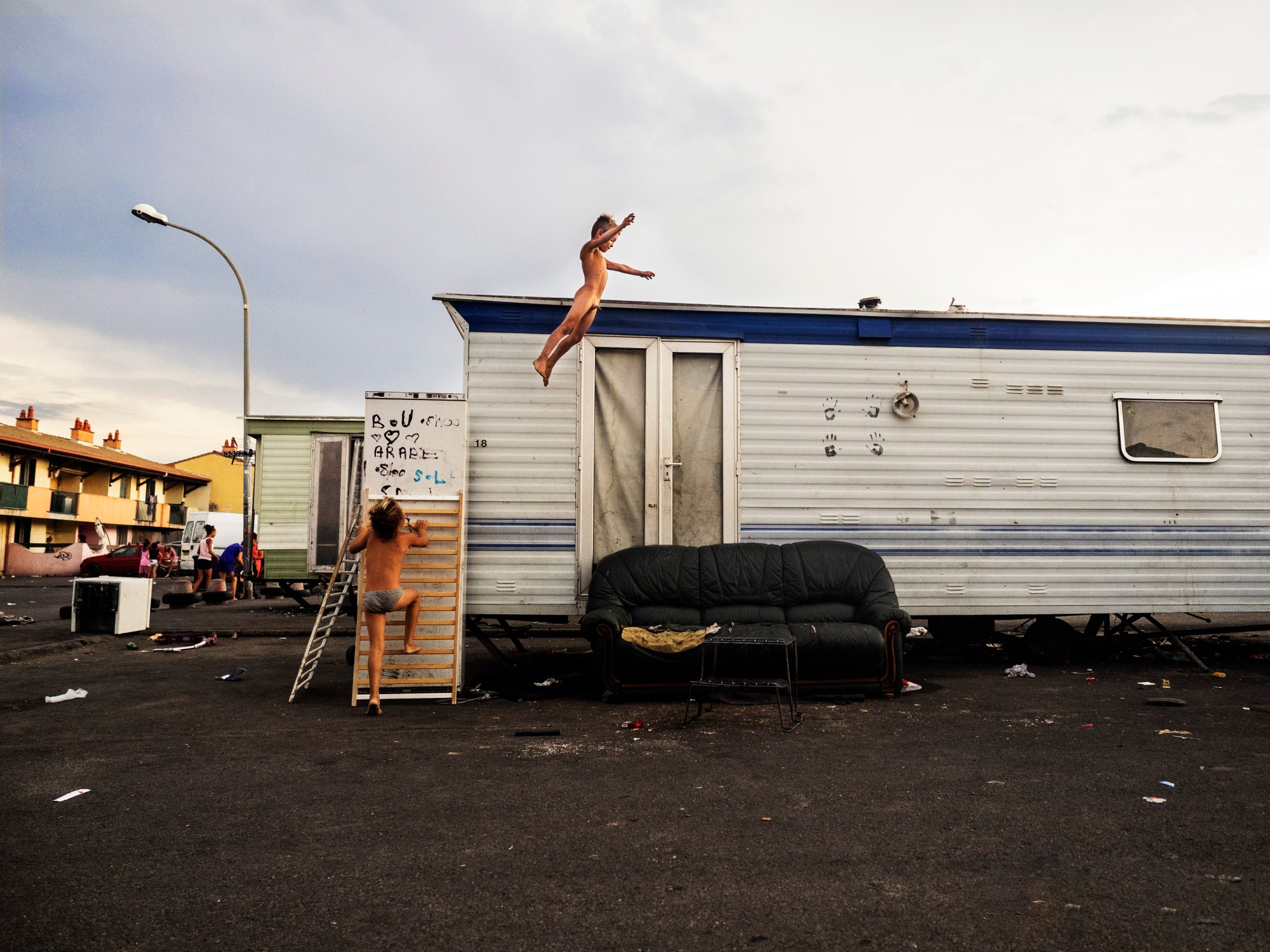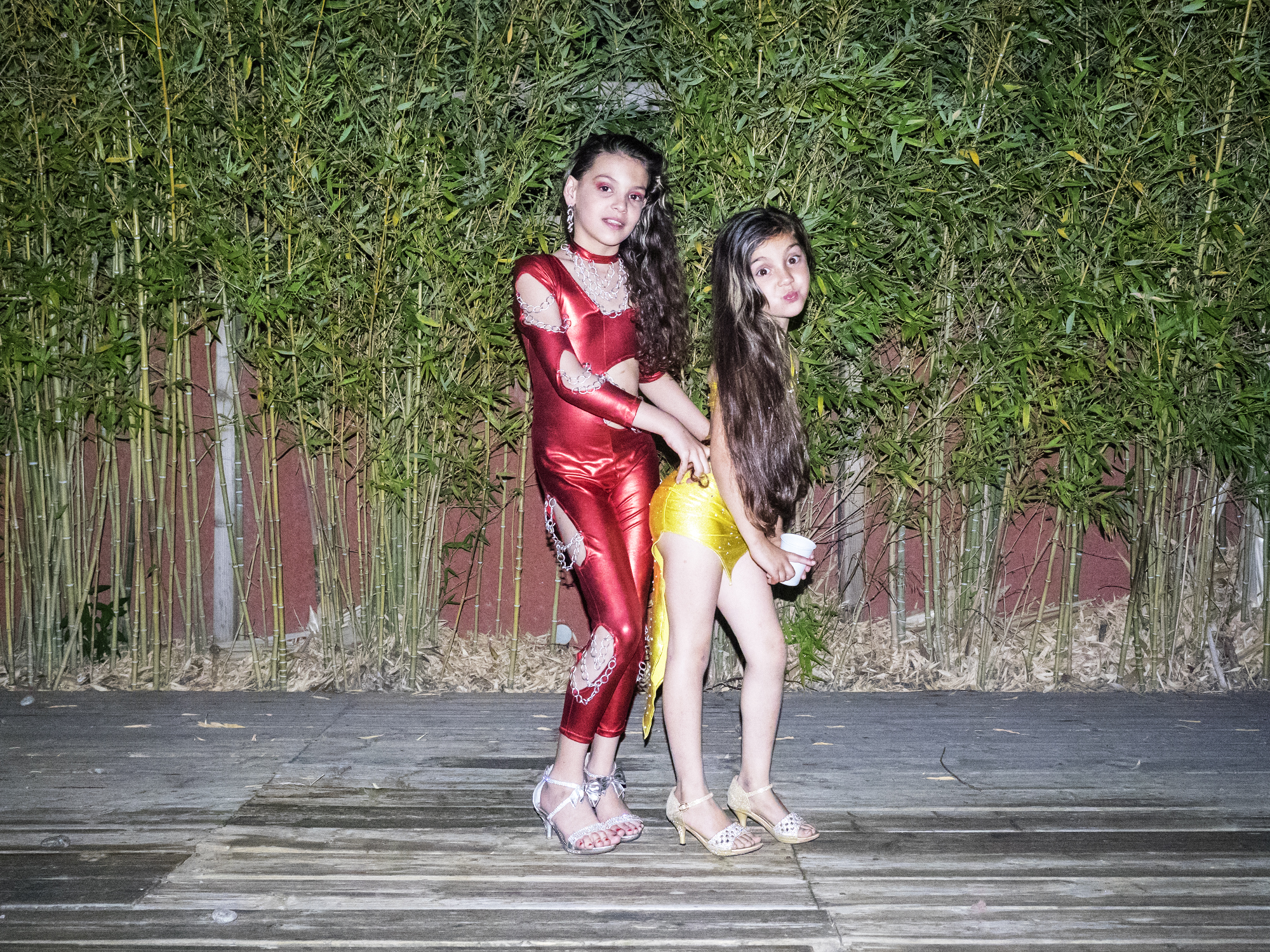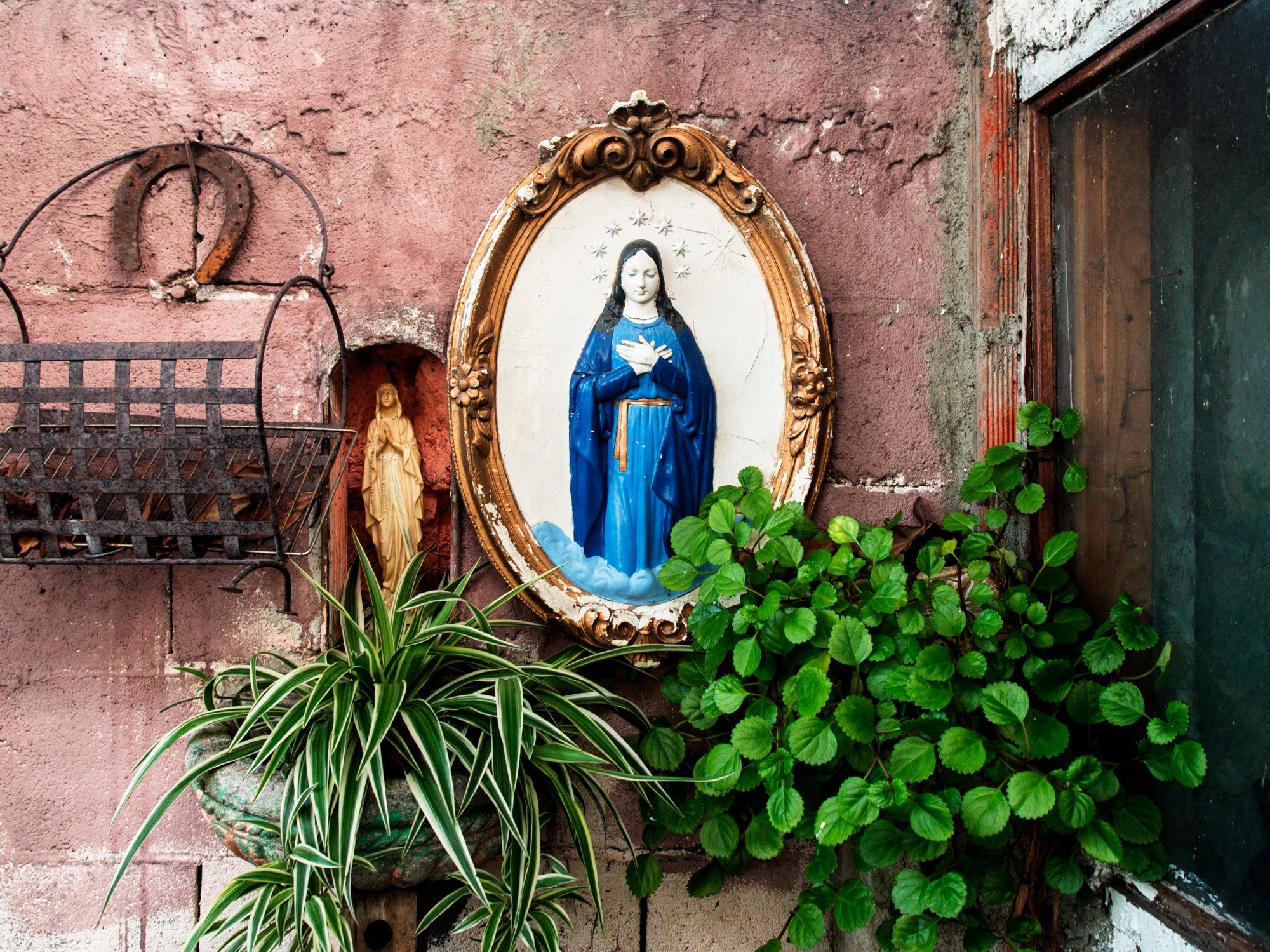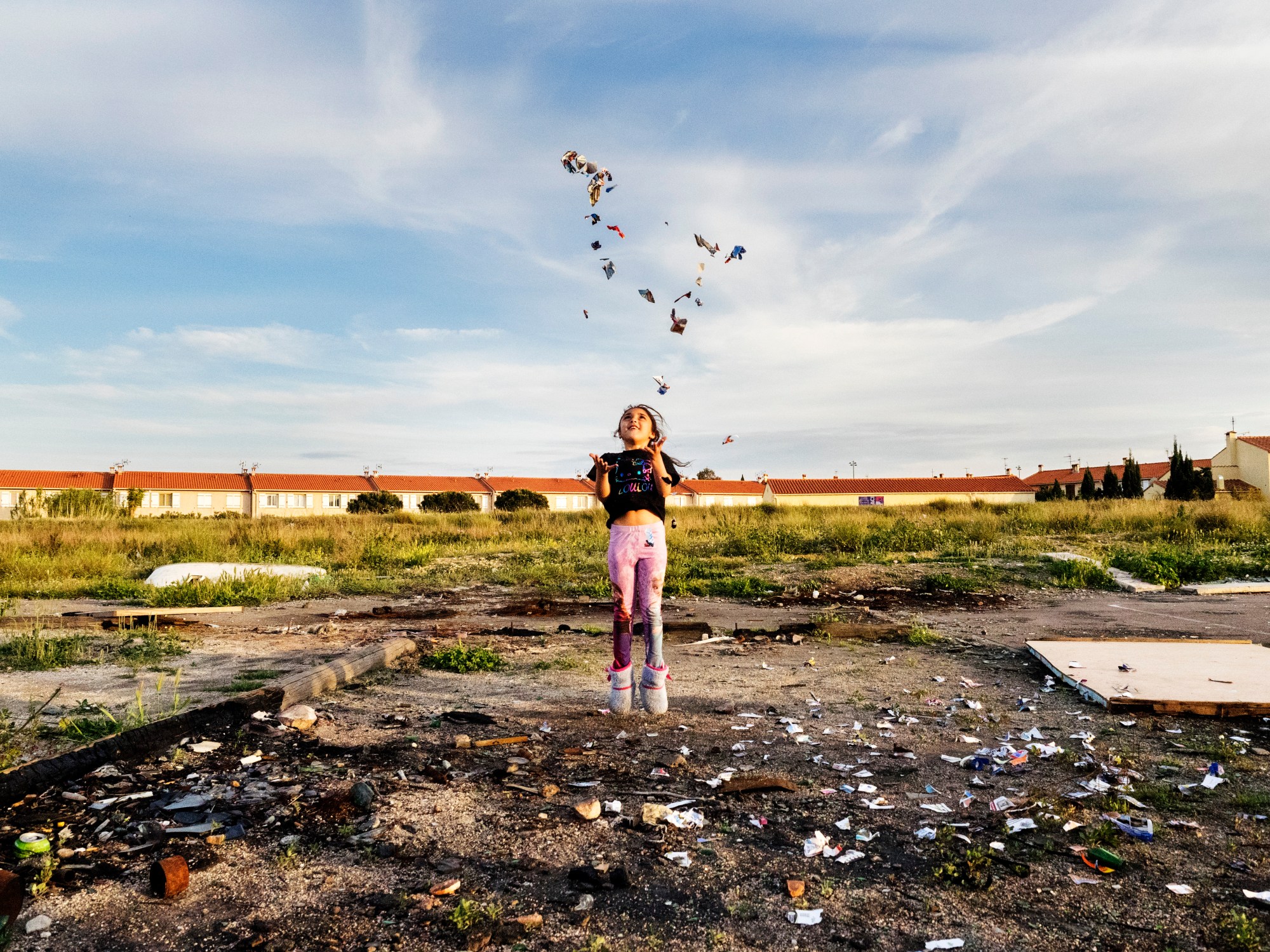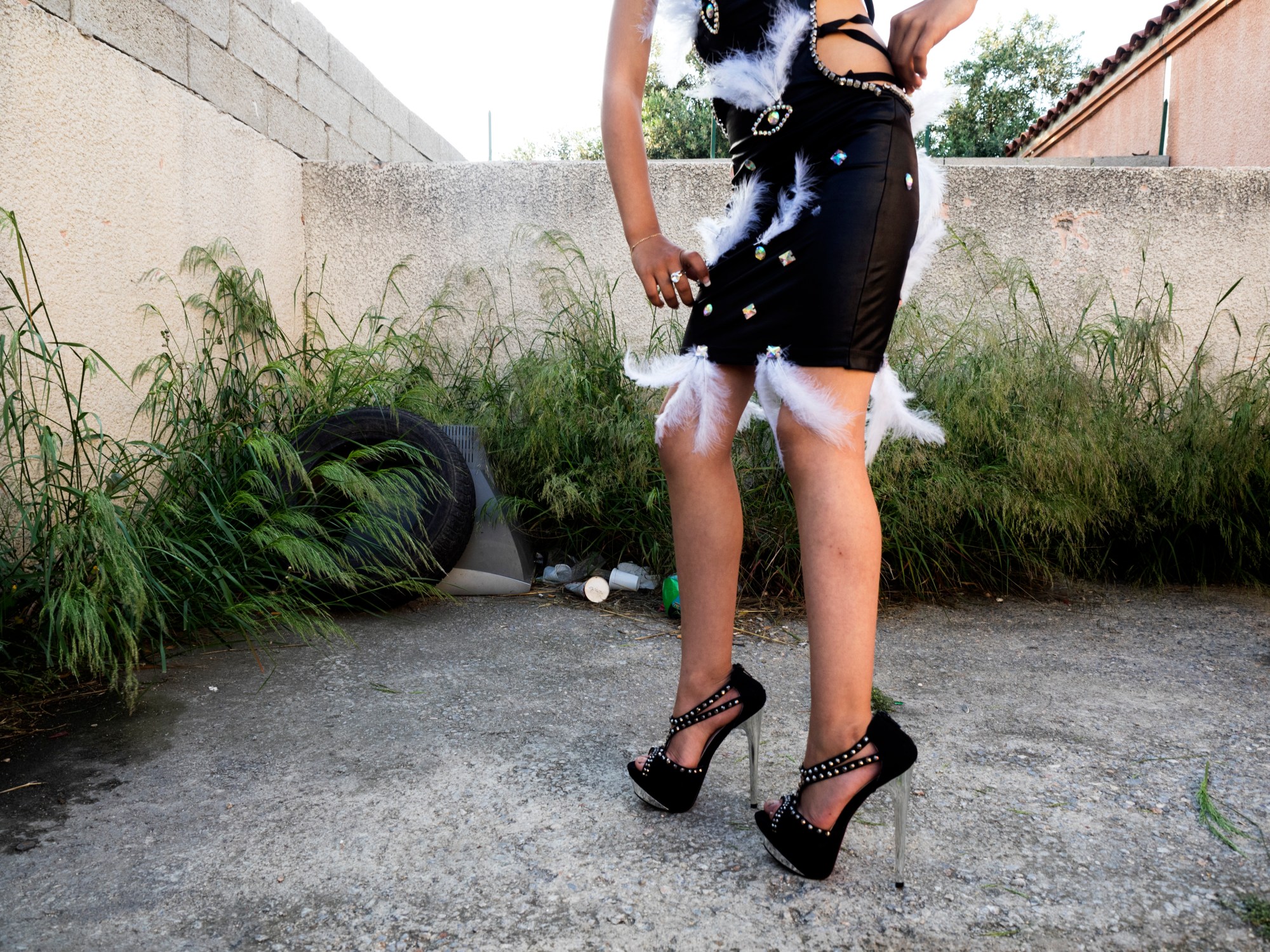This article originally appeared on i-D ES
Barcelona-based photographer Neus Solà‘s Poupées series focuses on the life of young women living in the Roma community of Perpignan – a southern French city that sits on the border with Spain. We spoke to Neus about her work, patriarchy, and feminism and realised just how much we can learn by looking at life through other people’s eyes.
What first got you interested in photography?
I started taking photos as a teenager, mostly portraits of people I didn’t know, people I met on my travels. I’ve always found it hard to take shots of inanimate objects or landscapes. I’ve always been interested in capturing life. When I was 20, I looked at photography as political and social activism. By the time I reached 30 I was more relaxed, so I started taking on long-lasting personal projects and focused on developing my own style.
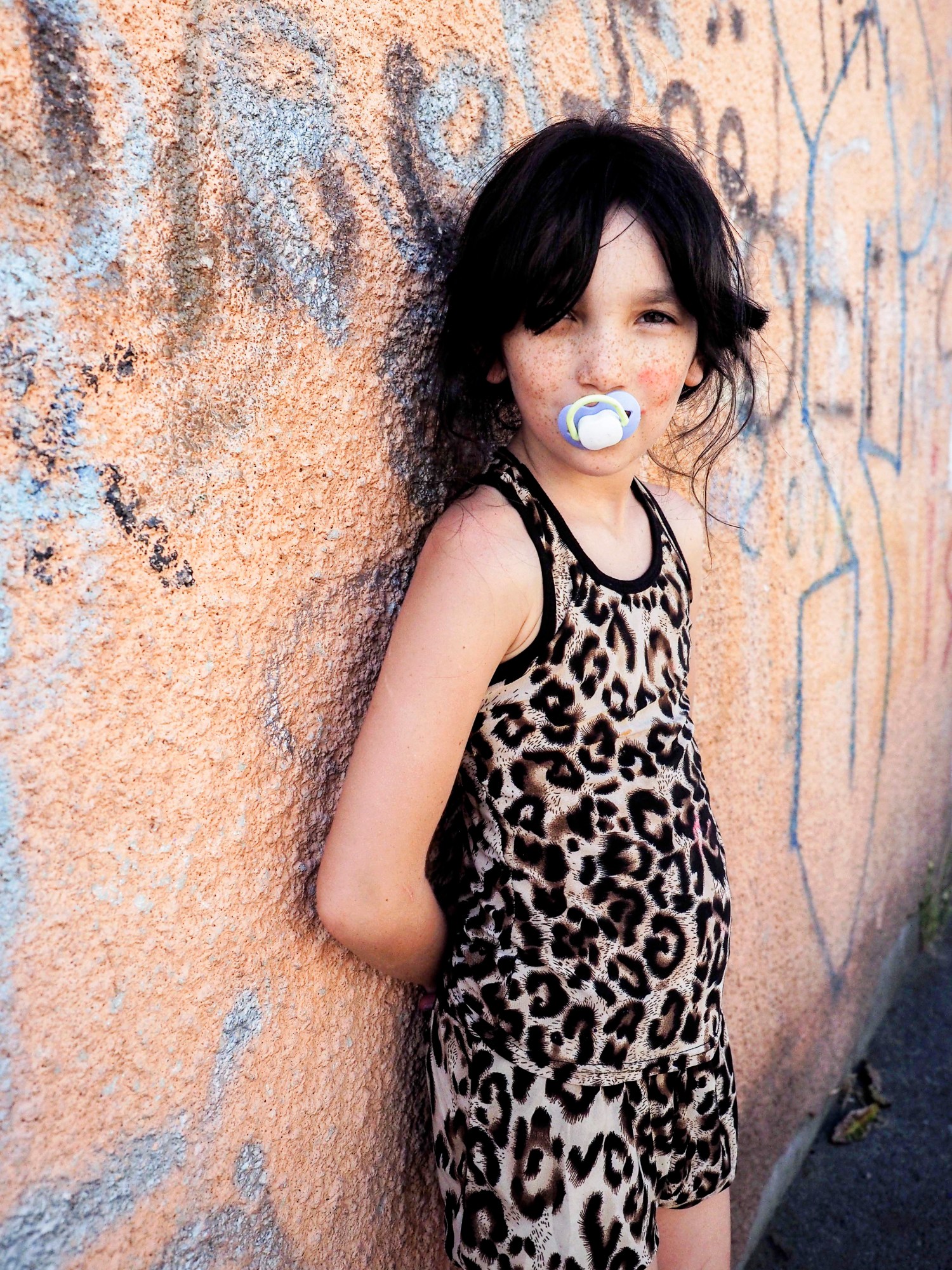
Your work still tends to focus on social issues. How did you find out about the Romani community in Perpignan?
I met some Roma in Perpignan when I travelled there back in 2012, and I was shocked by the fact that the community lived in the centre of town, and yet they were completely disconnected from the rest of it. The idea of an invisible border was what made me wanna work on a project about Perpignan. In the beginning, I wasn’t sure what it was exactly that I wanted to show. But, once I got there, intuition took over. I spent a few months with the community and slowly I realised that I was naturally focusing on the lives of the women within it.
What was your main goal with Poupées?
Women’s issues have always interested me and, and Romani communities tend to be extremely patriarchal. Focusing my lens on girls who are transitioning from childhood to adulthood allowed me to reflect on the concept of identity. The girls live in an insular world, where there is a disharmony between tradition and modernity, patriarchal control and individual freedom.
The title “Poupées”, which means dolls in French, is meant as a metaphor to show opposite sides of the same coin. On one hand, it hints at the innocence and purity which characterises the ideal Romani woman. On the other hand, it refers to the objectification of the women in the photos, in the premature over-sexualization of these girls.
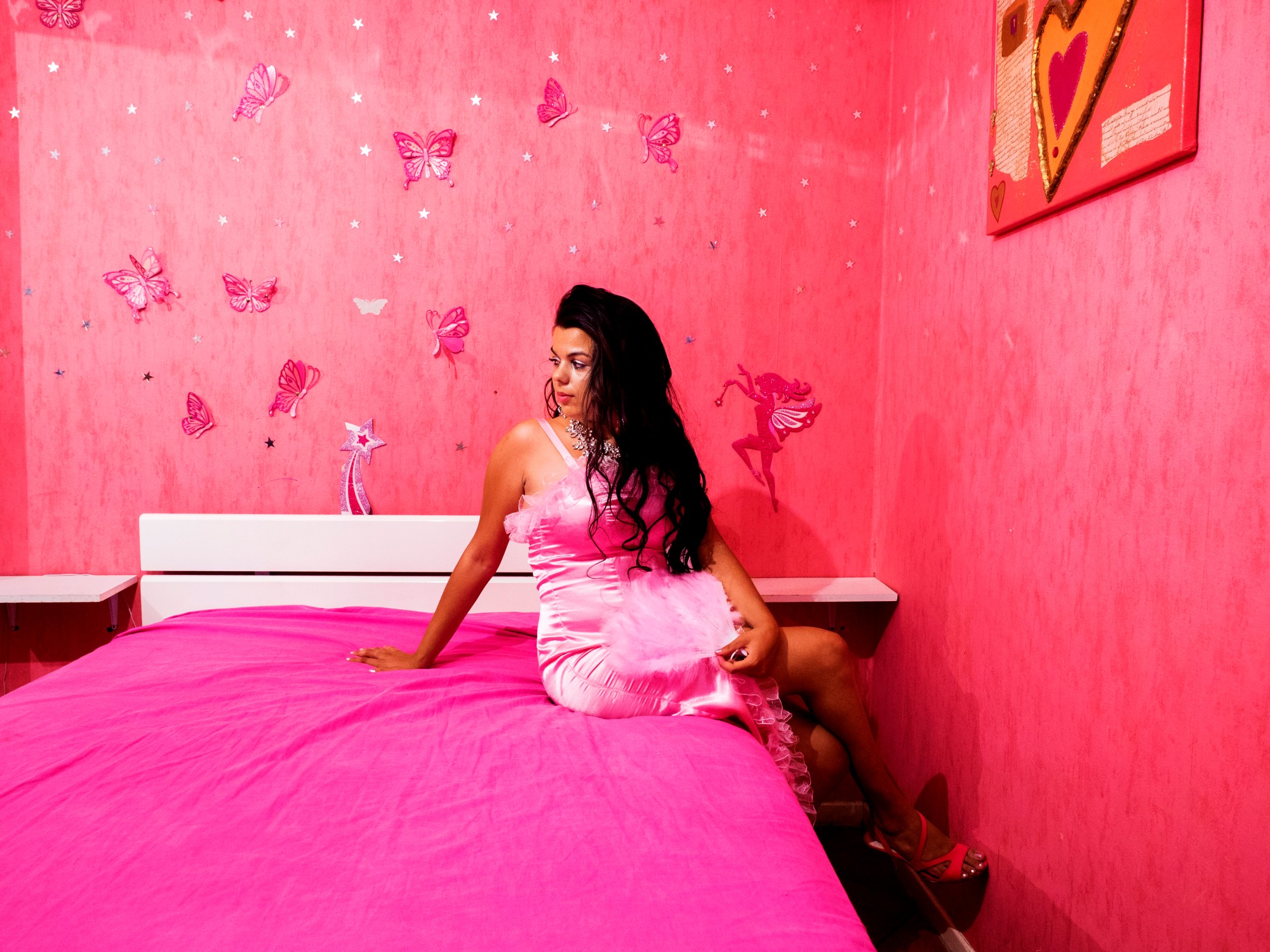
The photos are quite intimate. How did you manage to get close to your subjects and gain their trust?
At first, it was frustrating, but then exciting. They eventually trusted me for a few reasons: I was a woman, I spoke Catalan (and it is a Catalan Roma community) and the women were also curious about me. They weren’t used to interacting with people who aren’t from their community much, and the fact that there was a non-Roma wandering around was interesting to them.
How much time did you spend with them in total?
Two and a half years, although I still go back. As soon as I took my first step into the neighbourhood, I realised that I wasn’t going to be able to work on my project unless I moved there. The distrust of the locals and my lack of knowledge were very significant issues, so I decided to move to the Romani neighbourhood of Saint Jaques, to start getting closer to them. Every day, I walked around the area. My intention was to keep myself invisible until they started to take me for granted. It took a month before I got my camera out, and four until I took any photos that actually interested me. Once the ice was broken, I could really start working.
How many of the scenes you captured were spontaneous and how many were preconceived?The key is to remain present because it is eventually rewarding. There would be stretches of time when nothing happened, but then I would suddenly see a child jumping from the top of a refrigerator to land on a sofa or a girl doing a cartwheel in front of the church door. Those photos are a real reflection of their daily life. At the same time, the more you work on a subject you begin to develop an idea of what it means to you and so it’s sometimes necessary to direct some photographs to make sure your message comes across.
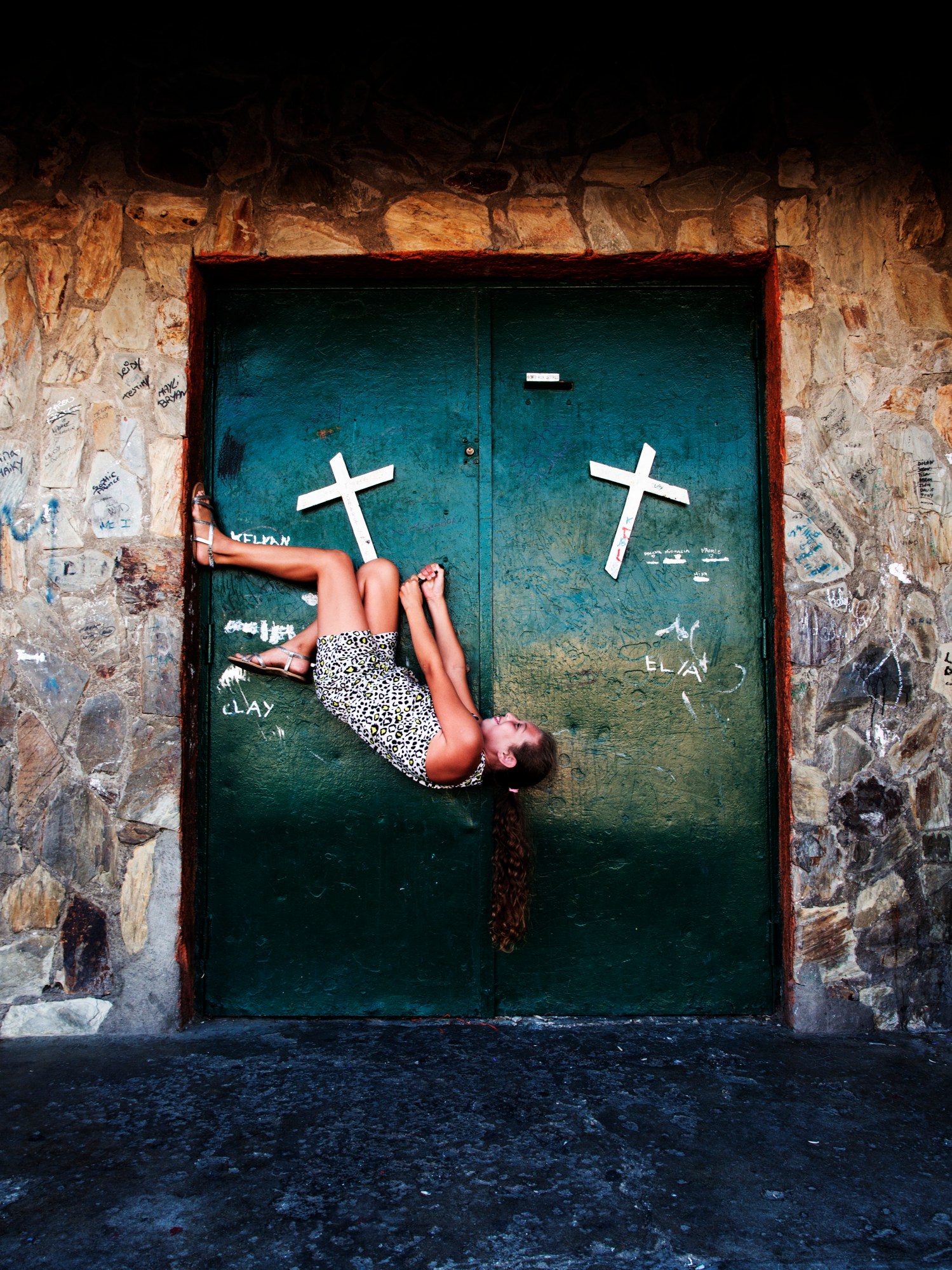
How does feminism fit within that Roma community?
To be a Romani feminist doesn’t mean having to break away from traditional Roma culture, but to transform it. This transformation means tackling our patriarchal society, without condemning those women who want to carry on the Roma code. There are many different Roma communities and each one of them opens up to the rest of the world in a different way.
The majority of young Roma women in Saint Jacques share the feeling of inequality, and they think that they should develop into a more equal society. However, in the neighbourhood, there are still early marriages and young girls are still forced to leave school — by their parents — at around the age of twelve or thirteen. The handkerchief test is still used and, when they are married, many girls go to live with their husband’s family. Their social mission is to take care of the house and kids, so any idea which goes against this structure causes conflict which, often leads to people being scorned by the whole community.
Even so, there are Roma women who live alone or study. But the change can’t happen overnight. The revolution is about working towards the possibility for gypsy women to have a choice.
